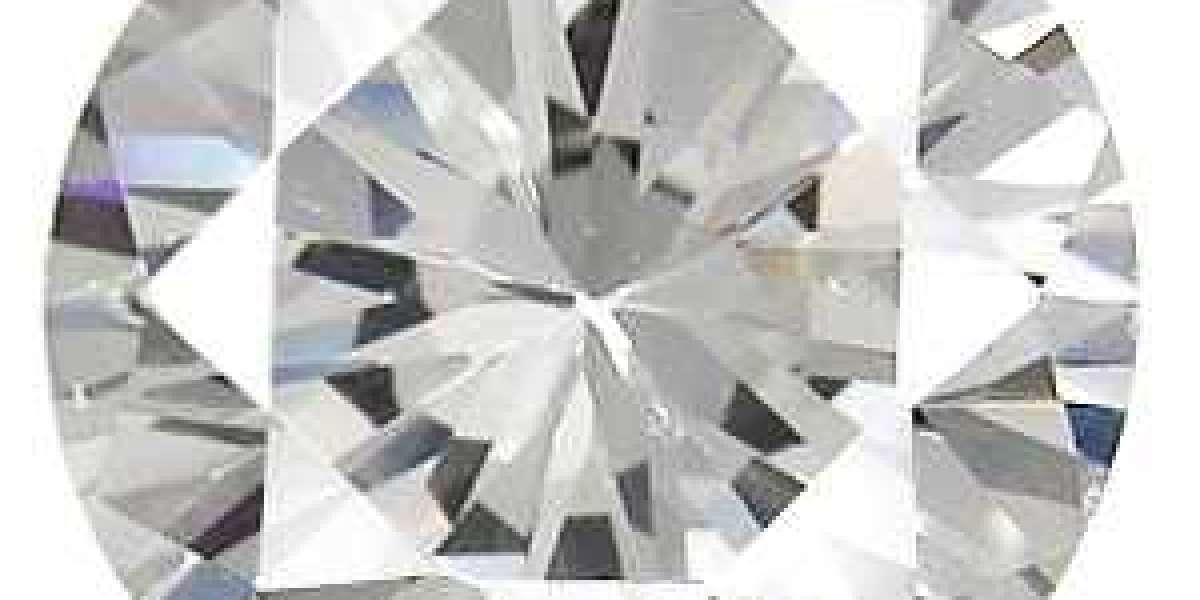Hydrothermal Gems: Nature's Hidden Treasures
Hidden deep within the Earth's crust, a fascinating process unfolds, birthing some of the most captivating and valuable gems known to humanity. These gems, formed under extreme heat and pressure in hydrothermal environments, bear witness to nature's remarkable ability to create beauty from chaos. From vibrant emeralds to stunning quartz crystals, hydrothermal gems offer a glimpse into the geological wonders that lie beneath our feet.
Formation Process
The formation of hydrothermal gems is a testament to the intricate interplay of geological forces over millions of years. It begins with the circulation of hot water-rich in minerals-through fractures and cavities in the Earth's crust. This water, heated by the Earth's internal heat, dissolves minerals from surrounding rocks as it moves through the crust.
As the hot water rises, it encounters cooler environments closer to the Earth's surface. The sudden decrease in temperature and pressure triggers the precipitation of dissolved minerals, leading to the formation of crystals. This process is akin to a natural alchemy, where ordinary elements transform into dazzling gems over time.
Types of Hydrothermal Gems
Hydrothermal environments give rise to a diverse array of gems, each possessing its own unique characteristics and allure. Among the most renowned hydrothermal gems is the emerald, prized for its mesmerizing green hue. Emeralds form when hot fluids rich in beryllium, aluminum, and chromium percolate through cracks in the Earth's crust, depositing the necessary elements for emerald growth.
Another notable hydrothermal gem is the quartz crystal, renowned for its clarity and brilliance. Quartz crystals form in hydrothermal veins, where silica-rich solutions cool and crystallize over time. The result is an array of quartz varieties, including amethyst, citrine, and smoky quartz, each with its distinct color and transparency.
In addition to emeralds and quartz, hydrothermal environments also give rise to other precious gems such as tourmaline, aquamarine, and topaz. Each gemstone tells a unique geological story, reflecting the conditions under which it formed and the minerals involved in its creation.
Significance and Value
Hydrothermal gems hold immense significance in various cultural, spiritual, and economic contexts. For centuries, civilizations have revered these gems for their beauty and rarity, attributing them with mystical properties and symbolic meanings. In many cultures, emeralds symbolize rebirth and renewal, while quartz crystals are associated with clarity of mind and spiritual enlightenment.
Beyond their symbolic value, hydrothermal gems occupy a prominent place in the global gemstone trade, commanding significant prices in international markets. The rarity of certain gem varieties, coupled with their exceptional beauty and durability, contributes to their high value among collectors and enthusiasts worldwide.
Challenges and Conservation
While hydrothermal gems represent nature's ingenuity and splendor, their extraction and trade are not without challenges. The mining of gemstones often involves environmental disruption, habitat destruction, and labor exploitation in some regions of the world. Additionally, the demand for rare gems fuels illegal mining operations and trade networks, further exacerbating environmental and social concerns.
In response to these challenges, efforts are underway to promote sustainable practices within the gemstone industry and improve transparency throughout the supply chain. Initiatives focused on ethical sourcing, fair labor practices, and environmental stewardship seek to mitigate the negative impacts of gemstone extraction and trade while safeguarding the welfare of local communities and ecosystems.
Conclusion
Hydrothermal gems stand as testament to the Earth's remarkable capacity for transformation and creation. From the depths of subterranean reservoirs to the showcases of jewelry stores, these gems traverse vast geological and cultural landscapes, captivating the imagination and inspiring awe in all who behold them. As we continue to explore and appreciate the wonders of our planet, let us also strive to uphold the principles of sustainability and responsibility, ensuring that future generations may inherit the beauty and bounty of nature's hidden treasures.Read More







